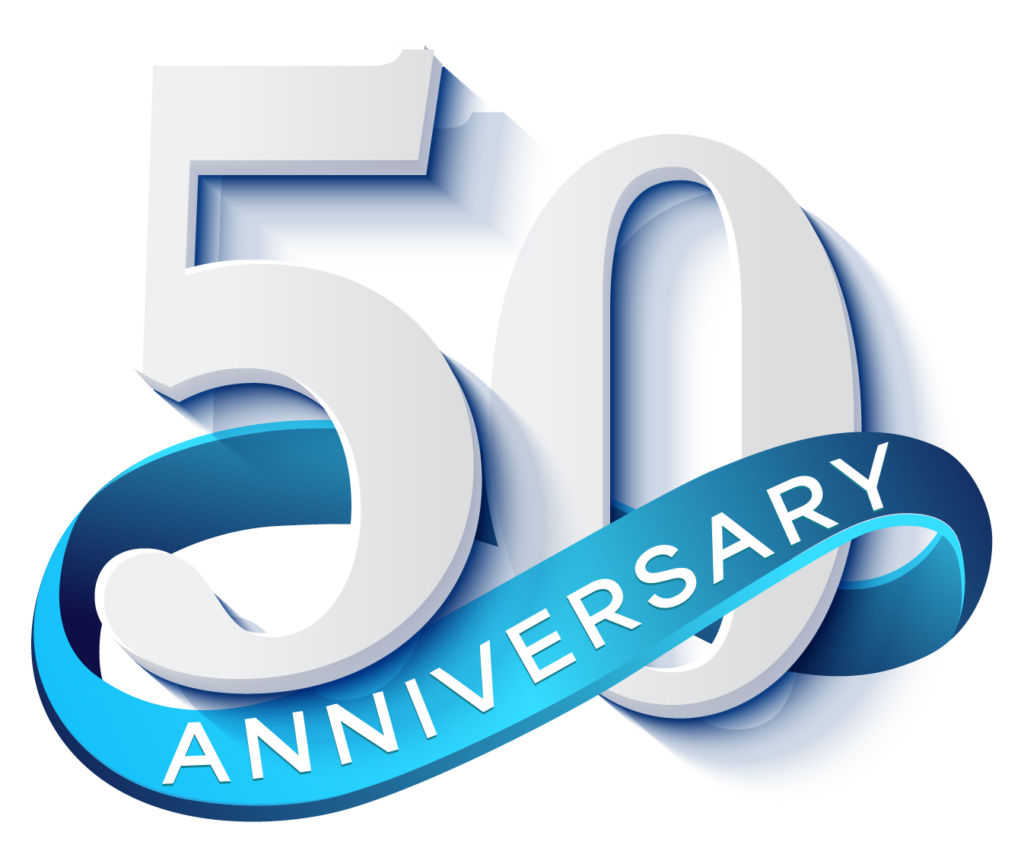Effective team communication is a pivotal element in the success of any organization. It fosters a culture of clarity, ensuring that all team members are aligned with their goals and understand their roles and responsibilities. This synergy not only boosts productivity but also cultivates an environment of mutual respect and trust, essential for innovative collaboration.
On the other hand, companies that suffer from poor team communication often experience a myriad of issues including decreased efficiency, lower morale, and an increase in errors or misunderstandings that could have otherwise been easily avoided. This not only hampers the growth potential but can also lead to a toxic workplace atmosphere, making it challenging to retain and attract top talent.
In this blog post, we will explore the key strategies and tools that can enhance communication within teams. We will dissect the attributes of successful team communication, understand common pitfalls, and provide actionable advice on implementing effective communication practices. Our goal is to equip you with the knowledge and tools to transform your team’s dynamic, paving the way for heightened efficiency, better project outcomes, and a more harmonious work environment.

Foundation of Effective Team Communication
At the core of effective team communication lies a well-structured foundation that aligns every member toward a common purpose.
Clear Objectives and Goals
Setting clear objectives and goals is crucial for steering a team in the right direction. It ensures that every team member comprehends the ultimate vision and their contribution towards achieving it. A 1981 study highlighted that teams that set specific, challenging yet attainable goals performed better by 90% compared to those without clearly defined goals. This is because clear goals provide a yardstick for measuring progress and success, keeping the team motivated and focused. They eliminate ambiguities, making expectations explicit and directing efforts toward the most impactful tasks.
Defined Roles and Responsibilities
Equally important is the delineation of roles and responsibilities within the team. Knowing who is responsible for what task reduces overlaps and gaps in the workload, streamlines processes, and minimizes the risk of misunderstanding or conflict. A clearly defined structure promotes accountability and allows team members to take ownership of their contributions, fostering a sense of pride and responsibility.
Additionally, when roles are defined, it becomes easier for team members to collaborate seamlessly, as everyone understands their position within the team and whom to approach for specific issues and insights. This clarity in roles and responsibilities is instrumental in establishing a robust communication framework, enabling the team to function more efficiently and cohesively.
Tools and Technologies
In today’s fast-paced work environment, leveraging the right tools and technologies is crucial for enhancing team communication and collaboration.
Communication Platforms
Communication platforms are the backbone of modern team collaboration, enabling instant messaging, voice calls, video conferences, and file sharing, all within a unified interface. Platforms like Slack, Microsoft Teams, and Zoom have revolutionized the way teams interact, breaking down geographical barriers and allowing real-time communication across different time zones. A vital aspect of these platforms is their ability to foster a sense of connectivity and immediacy, crucial for maintaining team cohesion in remote or hybrid work setups. According to a report by the McKinsey Global Institute, the use of social technologies, like communication platforms, can enhance employee productivity by 20-25%. This statistic underscores the importance of adopting digital tools that facilitate seamless communication, ultimately driving team performance and project success.
Project Management Software
Project management software, such as Asana, Trello, and Monday.com, provides a structured approach to organizing and tracking the progress of projects. These team communication tools offer features like task assignments, deadlines, progress tracking, and collaborative workspaces, which help keep everyone on the same page. The key to their effectiveness lies in their ability to provide a clear overview of project timelines, responsibilities, and milestones, ensuring that all team members have a shared understanding of project goals and tasks.
Overcoming Communication Barriers
Despite the foundational strategies and tools in place for enhancing effective team communication strategy, challenges inevitably arise, particularly when navigating the complexities of language and cultural diversity and the nuances of remote work.
Language and Cultural Diversity
Language and cultural diversity within a team can enrich the working environment with diverse perspectives and ideas. However, it may also pose communication barriers that could lead to misunderstandings or conflicts. It’s crucial to cultivate an inclusive culture that values and respects these differences.
Communicative competence and sensitivity toward cultural nuances can significantly enhance mutual understanding. Creating a common ground through the use of a lingua franca for business communications, alongside providing language support and cultural competency training, can bridge the gap. A study by the Economist Intelligence Unit found that 90% of executives from 68 countries identified cross-cultural management as their top challenge in international operations, underscoring the importance of effective strategies to manage diversity for organizational success.
Addressing Remote Work Challenges
The rise of remote work has transformed the nature of team and group communication, introducing both opportunities and obstacles. Key challenges include maintaining a sense of connection among remote team members and ensuring effective collaboration across different locations and time zones. To mitigate these issues, it’s essential to leverage communication and project management tools strategically, as mentioned earlier.
Regular virtual meetings, clear communication protocols, and fostering a culture of openness and responsiveness can also play vital roles. Importantly, setting clear expectations for availability and response times while respecting personal boundaries promotes a healthy work-life balance.
The Role of Active Listening
The art of active listening emerges as a pivotal skill that fosters an atmosphere where ideas and concerns are not just heard but genuinely understood.
Techniques for Active Listening
Active listening is far more than passive hearing. It involves fully concentrating on what is being said, understanding the message, responding appropriately, and remembering the discussion.
Incorporating techniques such as making eye contact, providing feedback through nodding or verbal affirmations, and asking clarifying questions not only demonstrates engagement but also enhances comprehension and trust between communicators. Paraphrasing or summarizing what the speaker has said is another effective method for ensuring that the message is correctly understood. These techniques, when practiced diligently, can significantly improve the quality of interactions within a team, leading to clearer communication, fewer misunderstandings, and more effective teamwork.
Fostering a Culture of Listening
Creating a culture that champions active listening involves commitment from every level of an organization. It requires setting clear expectations for communication behaviors and modeling those behaviors from the top down.
Encouraging open dialogue, showing appreciation for diverse opinions, and ensuring that team meetings offer opportunities for all voices to be heard are fundamental steps. Training programs focused on communication skills can also be invaluable. A culture of listening contributes to employee satisfaction and engagement, which are crucial for organizational success.
According to a study, companies that practice effective listening techniques can see an increase in customer satisfaction. This not only underlines the importance of listening for internal team dynamics but also demonstrates its impact on broader organizational goals, including customer relations and retention.
Non-Verbal Communication
Non-verbal communication also helps any organization improve team communication. Body language, facial expressions, and tone of voice can convey just as much information as words. It’s crucial to be mindful of these non-verbal cues during virtual meetings and other forms of digital communication.
Understanding Body Language
Body language, comprising gestures, facial expressions, and posture, speaks volumes about an individual’s feelings, attitudes, and intentions. Mastery in interpreting these non-verbal cues can significantly augment comprehension and empathy within team interactions, leading to more nuanced and effective communication.
For instance, individuals who excel at reading body language tend to be better collaborators, as they can accurately gauge the emotions and reactions of their peers, ensuring more responsive and considerate teamwork. Recognizing the subtle signals sent through body language can also preempt misunderstandings and conflicts, steering conversations toward more positive outcomes.
Importance of Visual Communication Tools
Visual communication tools such as infographics, videos, and slides have become indispensable in breaking down complex information into digestible and engaging formats. These tools not only cater to the visual learners among us but also ensure clarity and retention of information, thereby enhancing overall communication. The utilization of visual aids in presentations or meetings can significantly boost comprehension rates. According to a study by Frontiers in Behavioral Neuroscience, 65% of people are visual learners, underscoring the effectiveness of incorporating visual elements into communication strategies. These tools, when used effectively, can bridge communication gaps, making information accessible to a broader audience and fostering a more inclusive and understanding work environment.
Meetings That Matter
Meetings are pivotal in driving collaboration and progress within any organization. However, their effectiveness hinges on how they are structured and managed.
Efficient Meeting Structures
The key to efficient meetings lies in careful planning and clear objectives. A well-structured meeting begins with a concise agenda, distributed in advance, allowing participants to prepare effectively. Setting and adhering to a predetermined timetable respects participants’ time and maintains focus. Additionally, assigning specific roles, such as a facilitator, note-taker, and timekeeper, can keep meetings on track and ensure actionable outcomes.
Virtual Meetings Best Practices
In the era of remote work, virtual meetings have become a staple, yet their potential is often untapped due to common pitfalls. Best practices for virtual meetings include using video to maintain a personal connection, ensuring everyone is technologically prepared with a stable internet connection and familiarity with the platform, and incorporating interactive elements like polls and breakout rooms to keep employee engagement high. It’s crucial to establish norms around mute etiquette and speaking turn-taking to avoid disruptions.
Leadership’s Role in Communication
Effective leadership communication is the backbone of impactful and strong team communication within any organization. It sets the precedent for how messages are conveyed and received across all levels, underscoring the pivotal role leaders play in establishing a culture of open and effective communication.
Leading by Example
Leaders who communicate effectively and transparently set a high standard for their teams. The principle of leading by example underpins the notion that actions speak louder than words. When leaders are consistently clear in their communication, actively listen to feedback, and demonstrate empathy, they model these behaviors for their team members.
Managers who regularly communicate with their employees significantly boost team engagement levels, with teams led by highly communicative leaders being more productive. This not only highlights the direct impact of leadership communication on organizational success but also emphasizes the importance of team leaders embodying the good communication practices they wish to see within their teams.
Communication Training for Leaders
Investing in communication training for leaders is a strategic approach to enhancing overall organizational communication. Such training can equip leaders with advanced skills in active listening, emotional intelligence, and delivering feedback constructively.
By honing these skills, leaders can better motivate their teams, resolve conflicts adeptly, and drive alignment and understanding across the organization. Furthermore, communication training for leaders can also prepare them to handle crisis communication effectively, maintaining transparency and trust even in challenging times.
Final Thoughts
The landscape of workplace communication is constantly evolving, necessitating a proactive and strategic approach to foster effective dialogue and collaboration within teams. By understanding and leveraging effective communication strategies and prioritizing leadership communication, organizations can significantly enhance their internal communication processes. However, unlocking the full potential of a team requires a deeper understanding of the individual personalities that comprise it.
Take the next step towards creating a more collaborative and engaged team with the Personalysis assessment tool. By appreciating the unique strengths, communication styles, and decision-making processes of each team member, you can unlock new levels of team productivity and harmony. Empower your entire team and transform your collaborative efforts by discovering the Personalysis assessment tool today.




